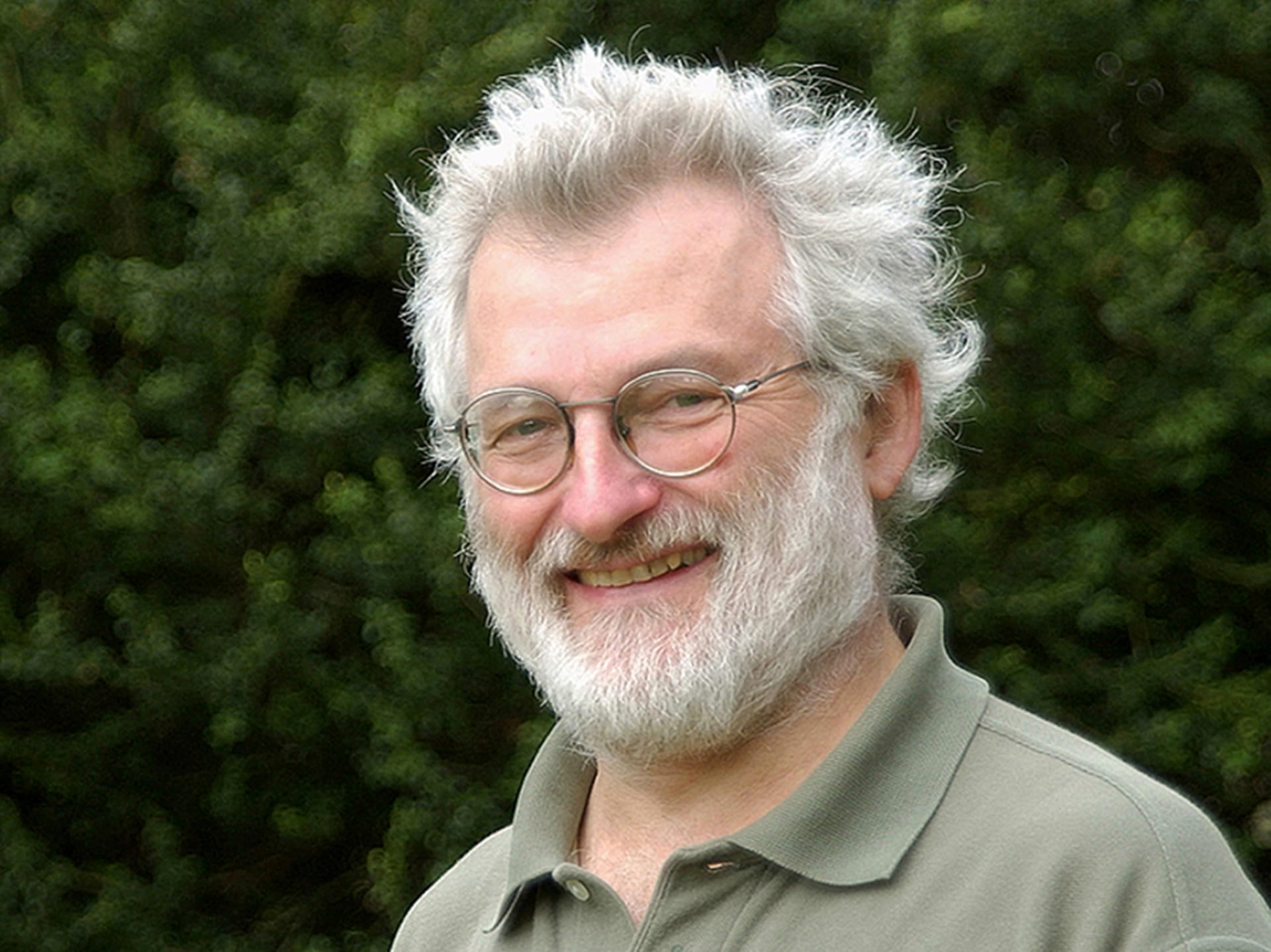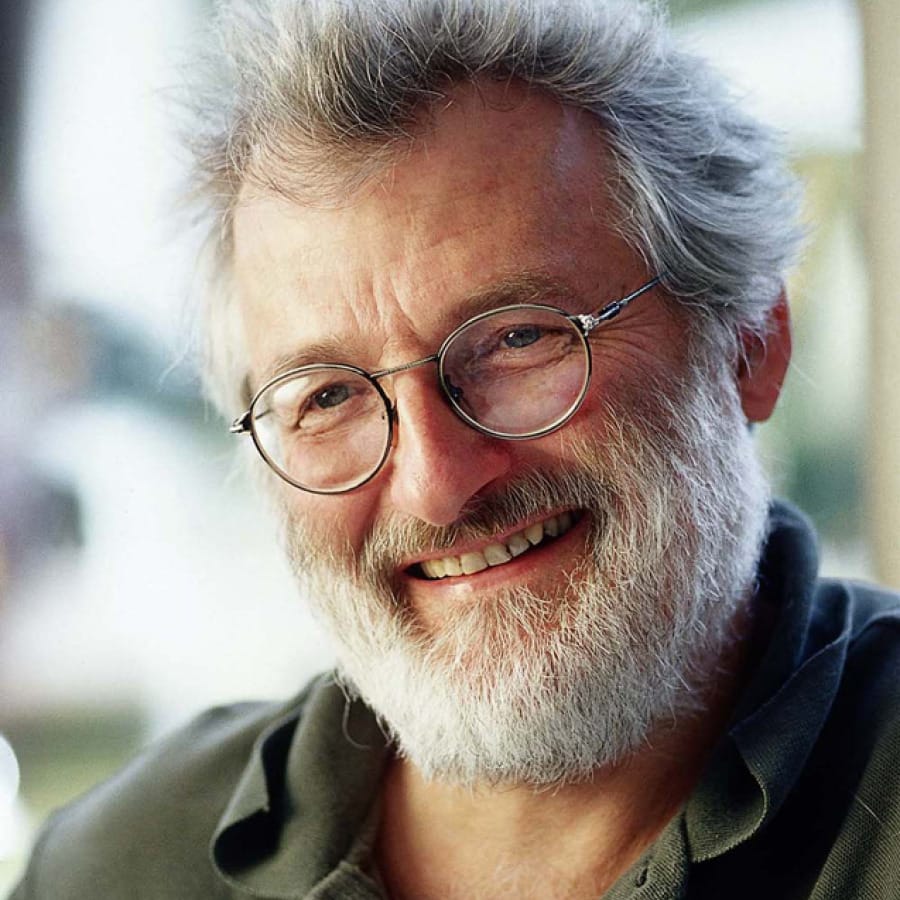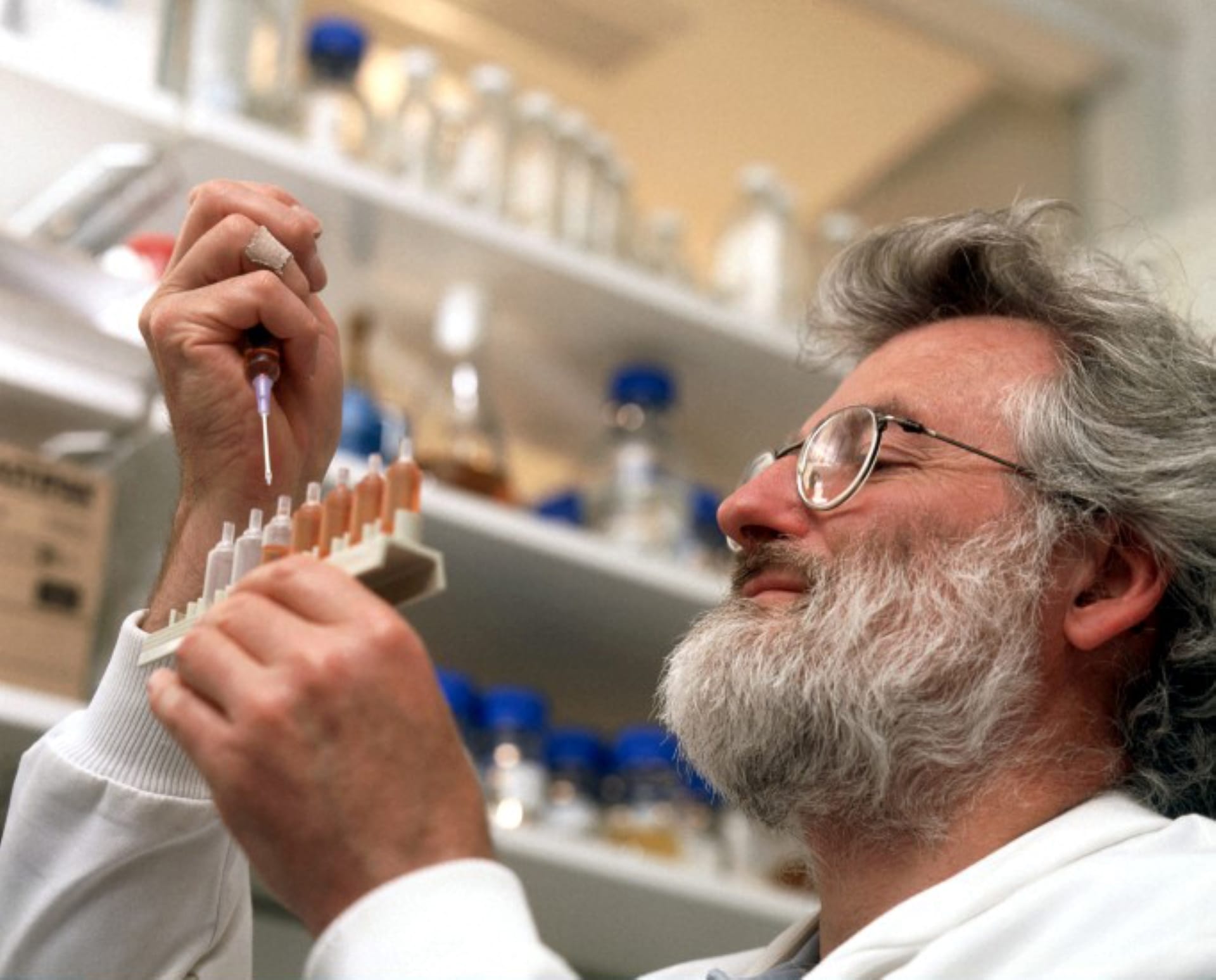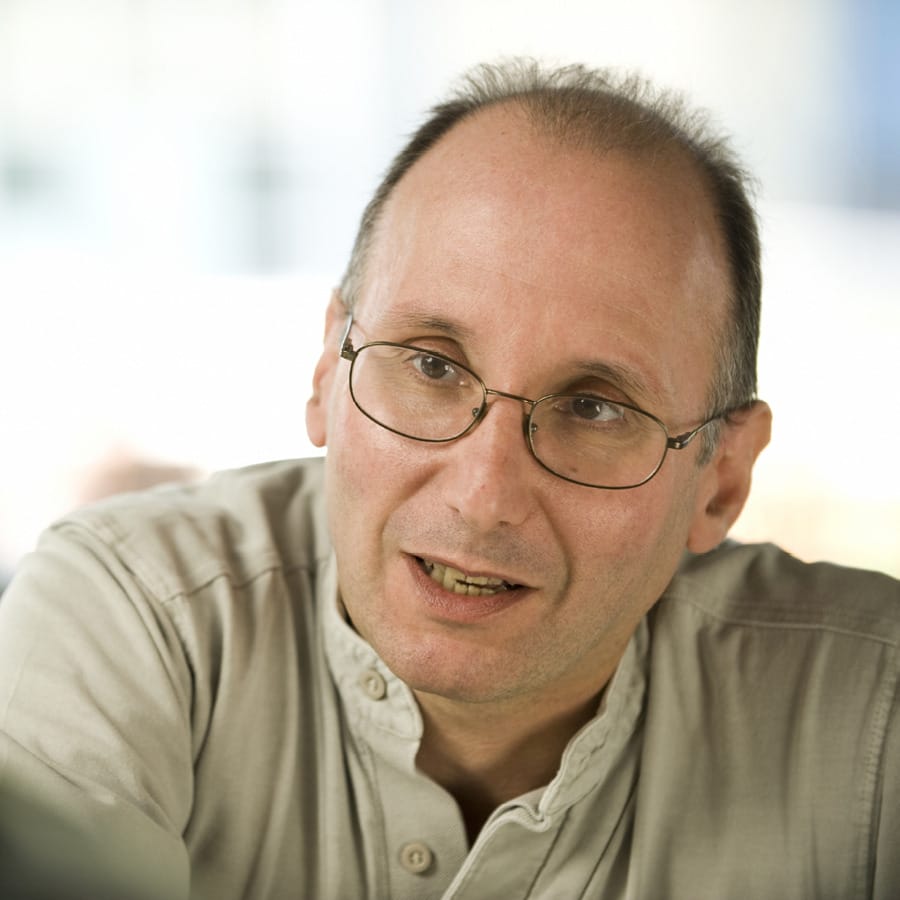Giants in genomics: John Sulston

Sir John Sulston was the founding director of the Sanger Centre (now the Sanger Institute) from 1992 until 2000, when the ‘working draft’ of the human genome sequence was completed.
Key terms
Genome
The complete set of genetic instructions required to build and maintain an organism.
DNA sequencing
The process of determining the order of bases in a section of DNA.
Early life
Sir John Sulston was born in 1942 to a vicar and an English teacher. As a child, he was fascinated with the mechanical workings of organisms and his scientific education formed a “natural progression” from this.
A self-described “nerd turned hippie”, John completed his undergraduate degree in organic chemistry at the University of Cambridge, in 1963. He then went on to join the Department of Chemistry, where he carried out a PhD on nucleotide chemistry.
John left the UK for three years at the Salk Institute for Biological Studies in California, before returning to Cambridge to join the Medical Research Council’s Laboratory of Molecular Biology. Here, his research here focused primarily on mapping the cellular development of a nematode worm, Caenorhabditis elegans (C elegans).
His pioneering work with C elegans would eventually win him a share in the 2002 Nobel Prize for Physiology or Medicine with fellow researchers, Sydney Brenner and Robert Horvitz.

"From sharing, discovery is accelerated in the community."
Sir John Sulston

Establishing the Sanger Centre
Mapping the cellular development of C elegans naturally led John to thinking of mapping the worm’s genome. But to complete the project, he needed more space and funding.
Around the same time, the Human Genome Project was starting in the US. John was keen for the UK to be involved, so he applied to the Wellcome Trust and Medical Research Council for a new institute to be built to finish sequencing the genome of the nematode C elegans and begin work on the human genome.
And so – the Sanger Centre was born in the summer of 1992. John led the centre during a historical period of genetic discovery, as it exploited and developed the DNA sequencing methods established by Fred Sanger.

John was awarded a share in the 2002 Nobel Prize for Physiology or Medicine with fellow researchers, Sydney Brenner and Robert Horvitz.
The pilot sequence of the Human Genome Project
It took John and his team over 12 years to map and sequence the C elegans genome – and it was published in 1998 as the first DNA sequence of an animal.
This work formed a crucial model for sequencing the human genome and a draft sequence of the human genome was published in Nature in 2000. This was the result of over 50 years of DNA and genetic science, and the collaboration of 20 scientific centres around the world.
In the video below, John Sulston talks about sequencing the nematode worm C. elegans, his role in the Human Genome Project and the importance of sharing data.
Beyond the Sanger Institute
John devoted his scientific life to biological research, and during his time as centre director he was instrumental in ensuring that the results of scientific research should be made freely available to all, in order to speed progress and increase transparency: “from sharing, discovery is accelerated in the community”. This culture of data sharing that he so passionately encouraged remains a central part of the Wellcome Trust Sanger Institute’s philosophy today.
John stepped down as director in 2000, handing the leadership over to Allan Bradley. He continued to strive to unite ethics with scientific practice and innovation. He took a leadership role at the Human Genetics Commission and in 2007 became chair of Manchester University’s Institute for Science, Ethics and Innovation.
In the 2001 New Year’s Honours, John received a knighthood for his services to genome research. He was then made a Companion of Honour in 2017 for his contribution to science and society.

"Sir John Sulston was a great scientific visionary and leader who made historic, landmark contributions to knowledge of the living world."
Sir Mike Stratton
John died in March 2018 aged 75. He was described by Prof Sir Mike Stratton, director of the Wellcome Sanger Institute, as “a great scientific visionary and leader who made historic, landmark contributions to knowledge of the living world”. To many he was not only a brilliant scientist but also a kind and principled person.